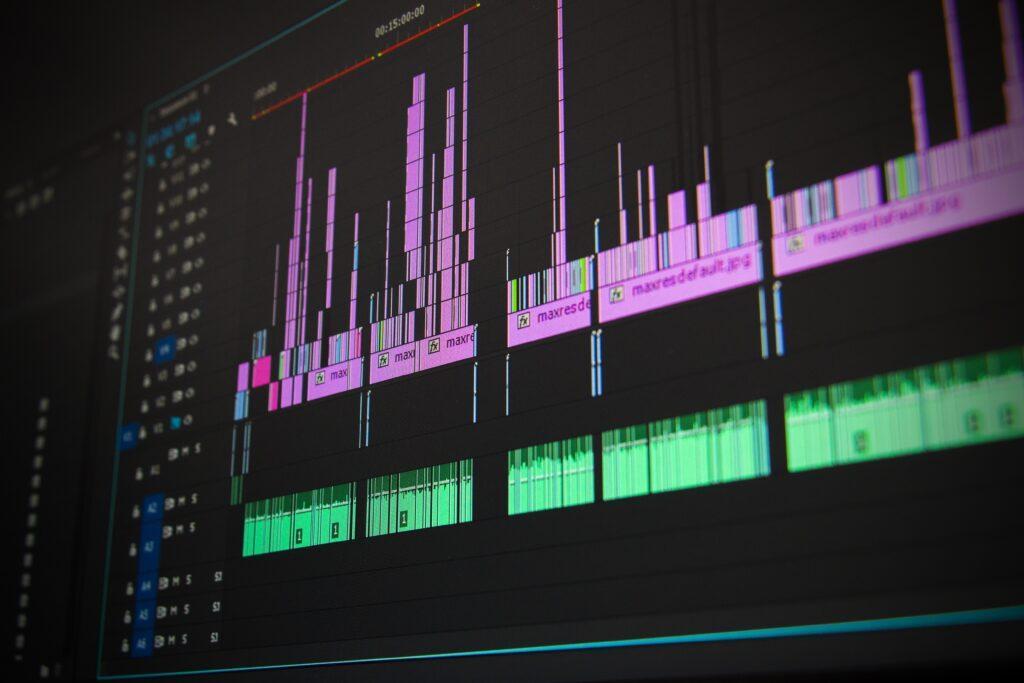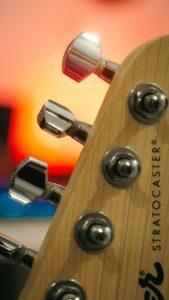Estimated reading time 3 minutes
Table of Contents
Introduction
Do you have a hard time singing in tune with the rest of the chorus when they sing loud? Have you ever wondered, “Can singers sing in tune even if they do not hear their voice?” Read more to find out how to fix this problem.
Today we’ll discuss about the eighth element from 10 Elements that Impact Singing in Tune. Specifically, this post talks about how volume affects vocal intonation. For practical examples to help you sing in tune (including sing-along soundtracks) see:
In addition, this article uses technical musical terms. For definitions, see the Glossary at the end of the post.
![How to Sing Key Changes in Tune - Choir - Sight Singing with Solfege - Can Singers Sing in Tune Even if They Do Not Hear Their Voice - Requiem Meaning: Music, Memorial, and Mourning [Video]](https://successmusicstudio.com/wp-content/uploads/2022/03/How-to-Sing-Key-Changes-in-Tune-Choir-1024x681.jpg)
Relative Volume Between Instruments Answers the Question, “Can Singers Sing in Tune Even if They Do Not Hear Their Voice?”
The relative volume between singers has an impact on harmonic tuning precision. Ternstrom and Sundberg found that a singer matched pitches best when the choir sang quieter than the vocalist. Which goes some way to answering the question, “Can singers sing in tune even if they do not hear their voice?”
- If the vocalists sang too loud, they could not hear the parts around them.
- Also, if they sang too quietly, they could not hear themselves.
“Problems are likely to arise if a singer’s feedback is so loud that it masks the [choir]…
“… or if, conversely, the [choir] masks the [vocalist], so that the singer cannot hear himself… This latter can, in fact arise even though one’s own voice is always at an advantage” (Intonation Precision of Choir Singers 59).
Intonation Precision and “Can Singers Sing in Tune Even if They Do Not Hear Their Voice?”
In Figure 5, Ternstrom and Sundberg have a graph showing the accuracy of the study’s singers over a wide range of decibels.
- How does this relate to the question, “Can singers sing in tune even if they do not hear their voice?”
- Well, the Figure 5 graph shows that singers had the greatest pitch precision when the choir sounded quieter than the vocalist by 5 to 25 decibels.
- When the choir sounded either too loud or too soft relative to the vocalist, the singer had greater difficulty with producing accurate pitch.
- Ternstrom and Sundberg add, “In Fig. 4, the curve /u:/ should intersect the 0-cent line near the [choir] SPL which was perceived to have the same loudness as the [vocalist]. The intersection occurred in the vicinity of the 20-dB [choir] level for most subjects” (63).
- In their study, Ternstrom and Sundberg tested the singers on two vowels. /a:/ had a lot of upper harmonics and /u:/ didn’t.
- The singers had a lot more trouble tuning the /u:/ than the /a:/ vowel. Nonetheless, both vowels hit the 0-cent line at about the point where the choir sounded 20 dB quieter that the vocalist. (The 0-cent line being the point at which no tuning error occurred.)
In addition, the above quote talks about the point at which the vocalists perceived they had the same volume as the choir. Namely, that singers must be relatively louder than those around them to keep from feeling overwhelmed by sound.
However, when they sing a little louder than the choir, they felt that the choir has a balanced sound.

Concluding Thoughts to “Can Singers Sing in Tune Even if They Do Not Hear Their Voice?”
“Can singers sing in tune even if they do not hear their voice?” The answer: no.
- This explains why many vocalists like to cup a hand between their ear and mouth to create a better volume balance for themselves.
- Thus, cupping the hand to the ear helps achieve better vocal tone, blend, and intonation.
- I have a similar example from when my wife and I taught children’s choir.
- It was years ago in a training session to prepare for leading the choir.
- Our instructor suggested using PVC pipe held between the child’s ear and mouth to help with pitch matching.
- Again, singers must be able to hear themselves and the others in the ensemble to get properly in tune.
Have fun singing!
© 2023 Geoffrey Keith
Join me for in-person or online lessons today!
Glossary
Do visual spatial thinkers and other neurodivergent musicians need to have sheet music tailored to how they learn?
Do visual spatial thinkers (and other neurodivergent) musicians need to have sheet music tailored to how they learn? Neurodivergent musicians learn in fundamentally different ways from typical leaners. This means that students with learning differences (LD) can greatly benefit from adapted scores. Read more to find out how it works. Estimated reading time 3 minutes.
Read MoreWhat Common Mistakes Do People Make When Tuning Their Guitars?
What common mistakes do people make when tuning their guitars? We’ll discuss the three most important tuning tips plus three bonus tips. Click to learn how to fix the three most common mistakes that people make when tuning their guitars. Estimated reading time 4 minutes.
Read MoreHow to Color Code the Musical Form to Unlock LD & Special Needs Music Students’ Learning Potential
Do your students get confused by repeats and D.C. al fine? Reduce your students' confusion. Learn how to color code the musical form. Estimated reading time 2 minutes.
Read MoreHow to Tune C Wahine Like a Hawaiian
Do you like how Hawaiian music sounds? Do you feel frustrated that you can’t capture that sound yourself? Your tuning effects how the guitar sounds. Read more to learn how to tune C wahine like a Hawaiian. Estimated reading time 4 minutes.
Read More




